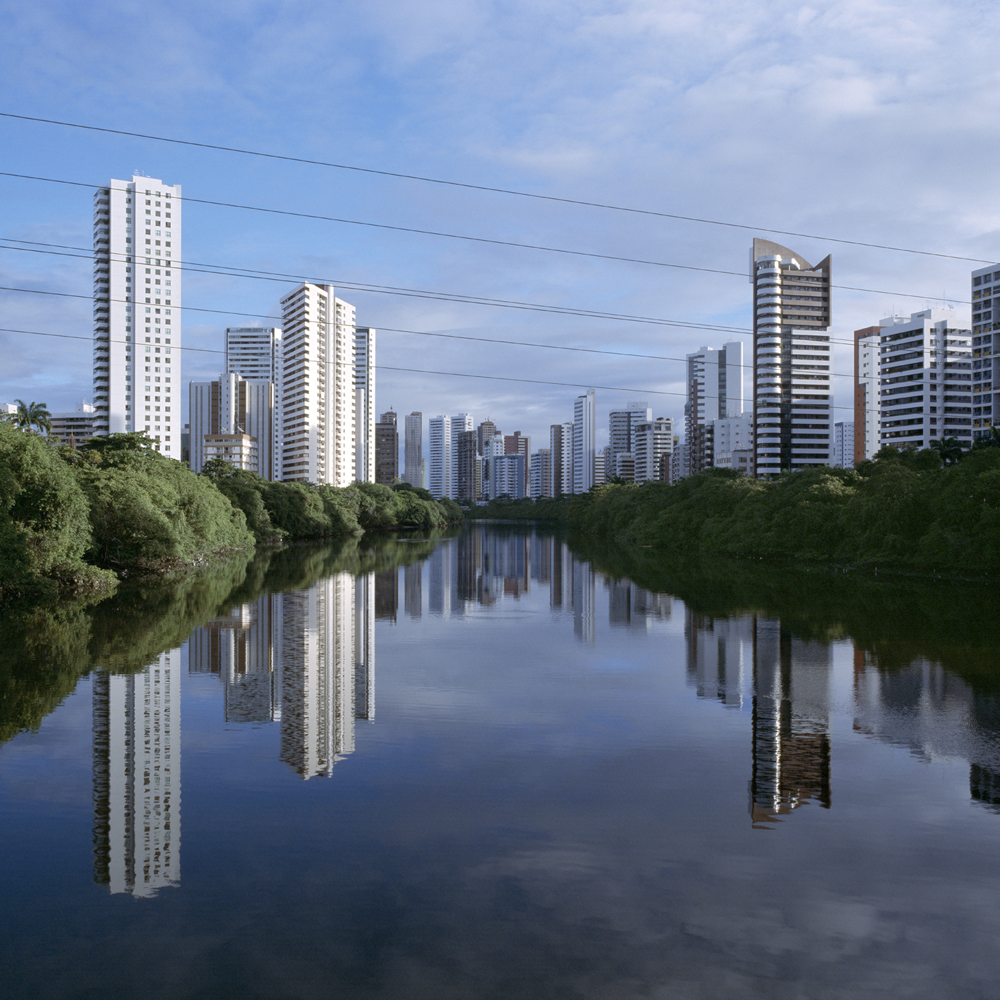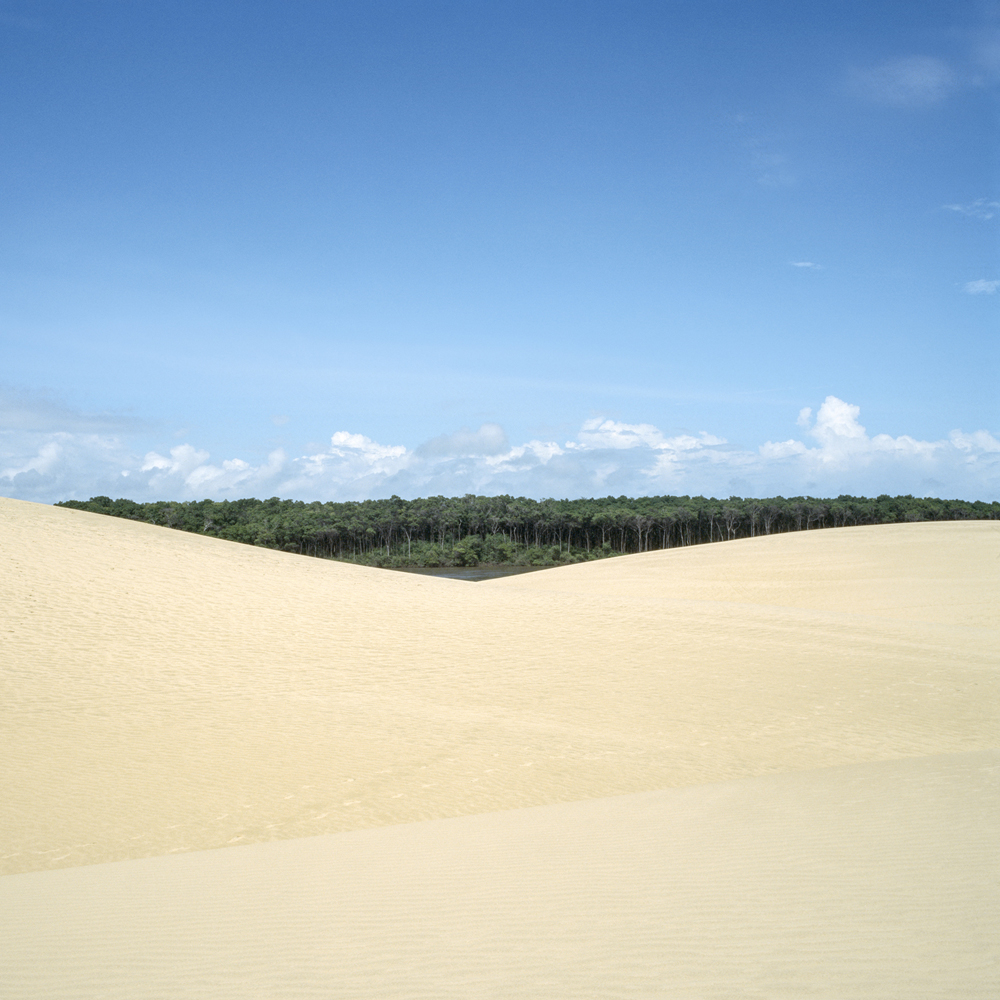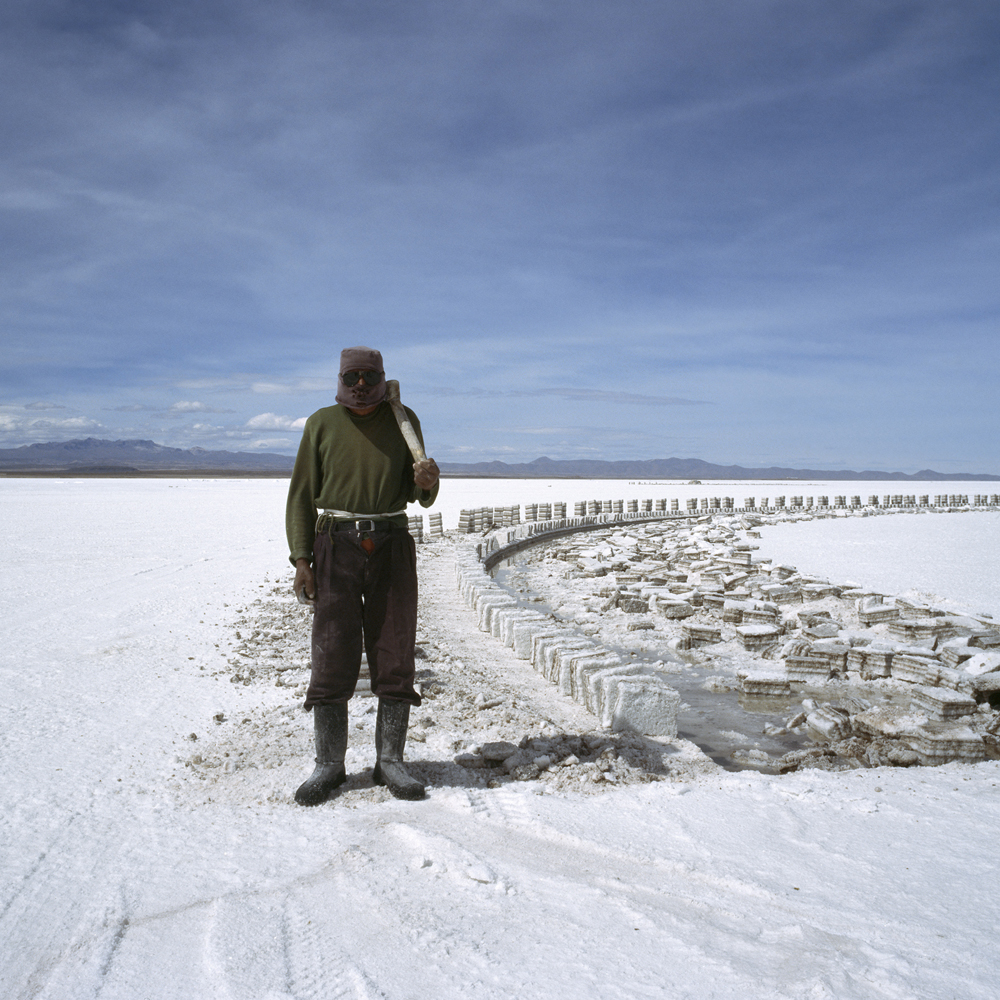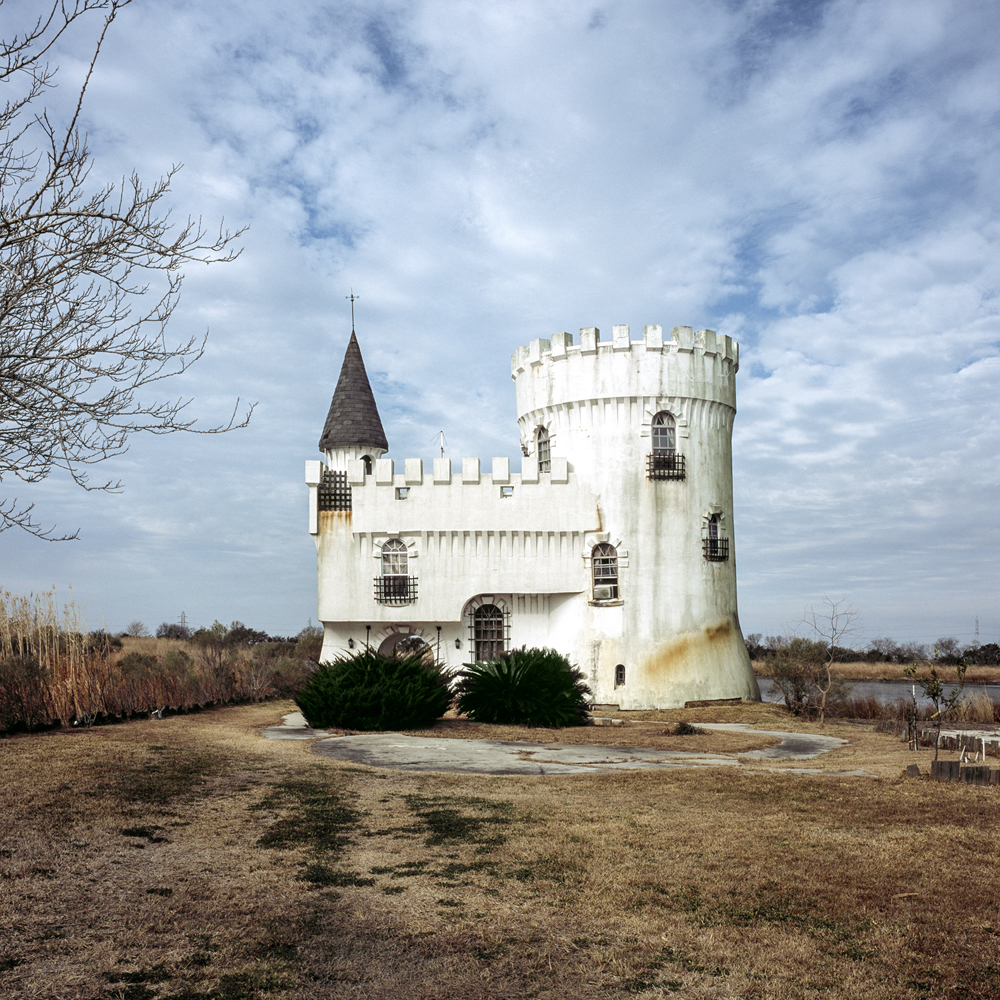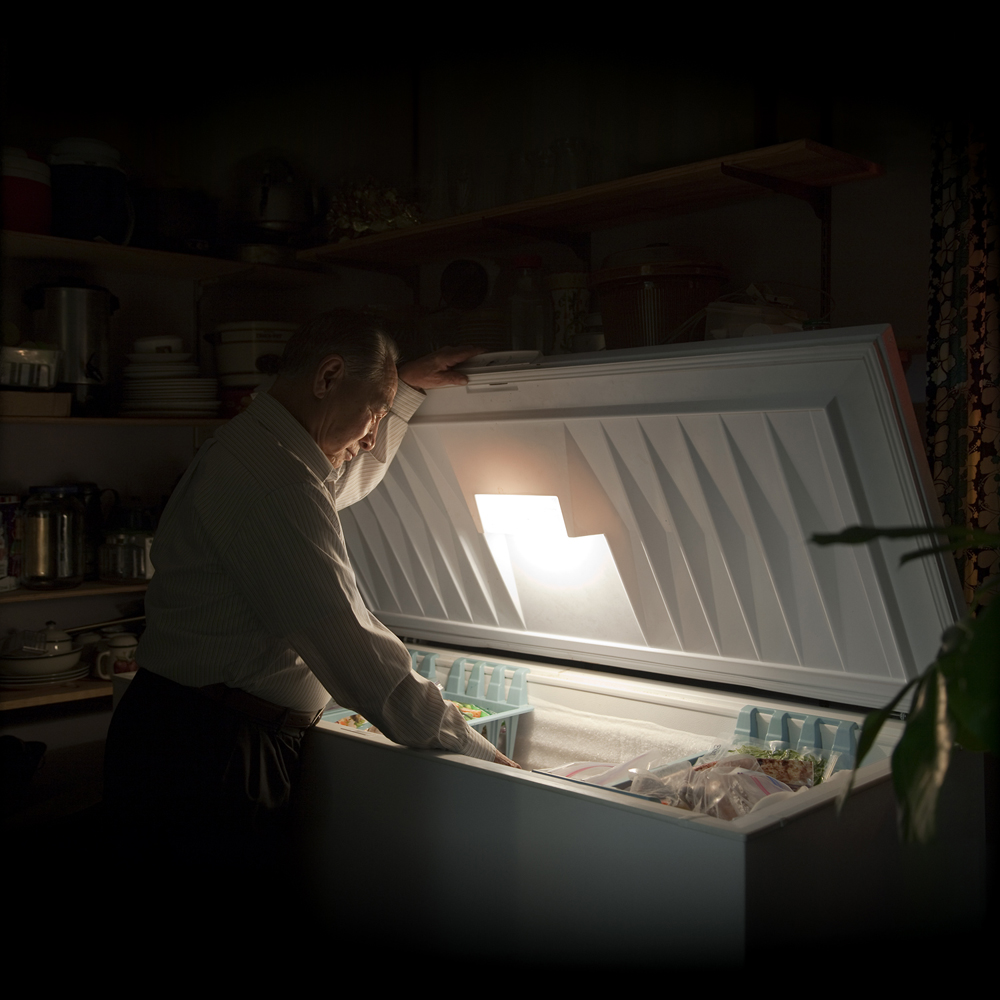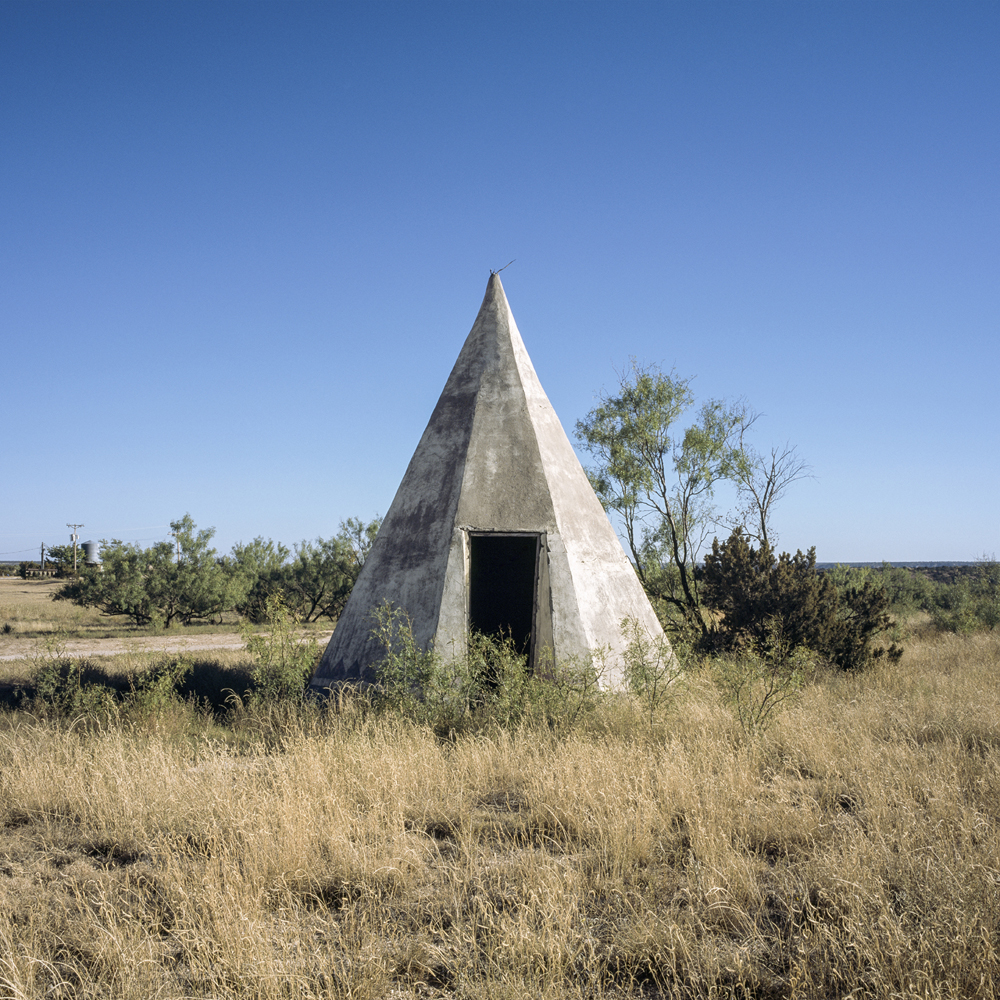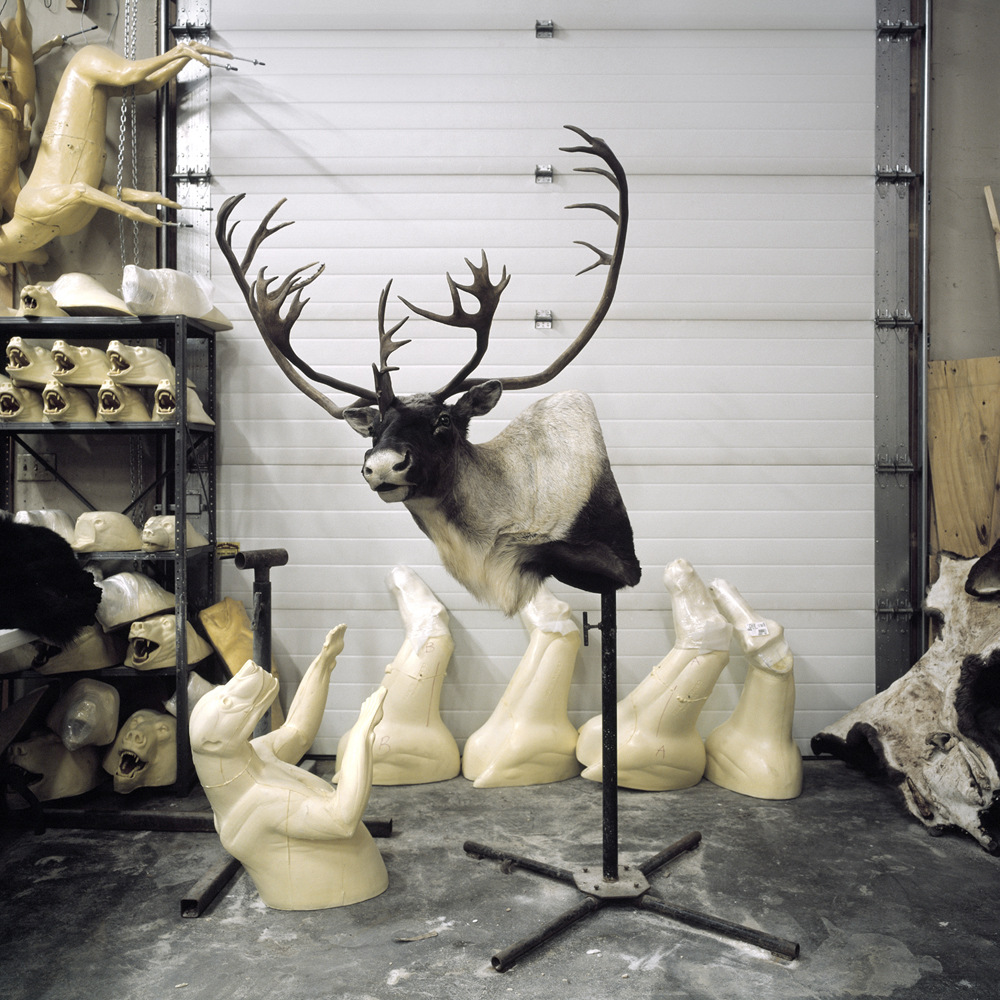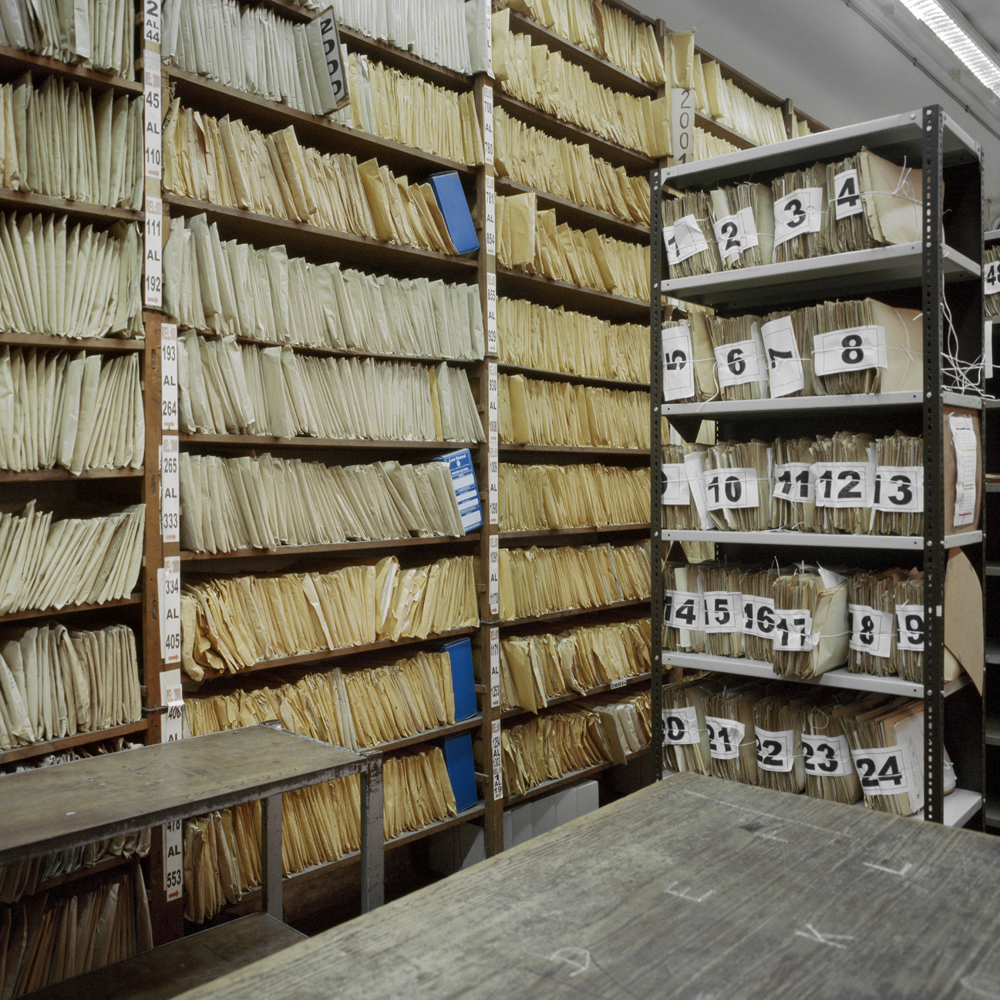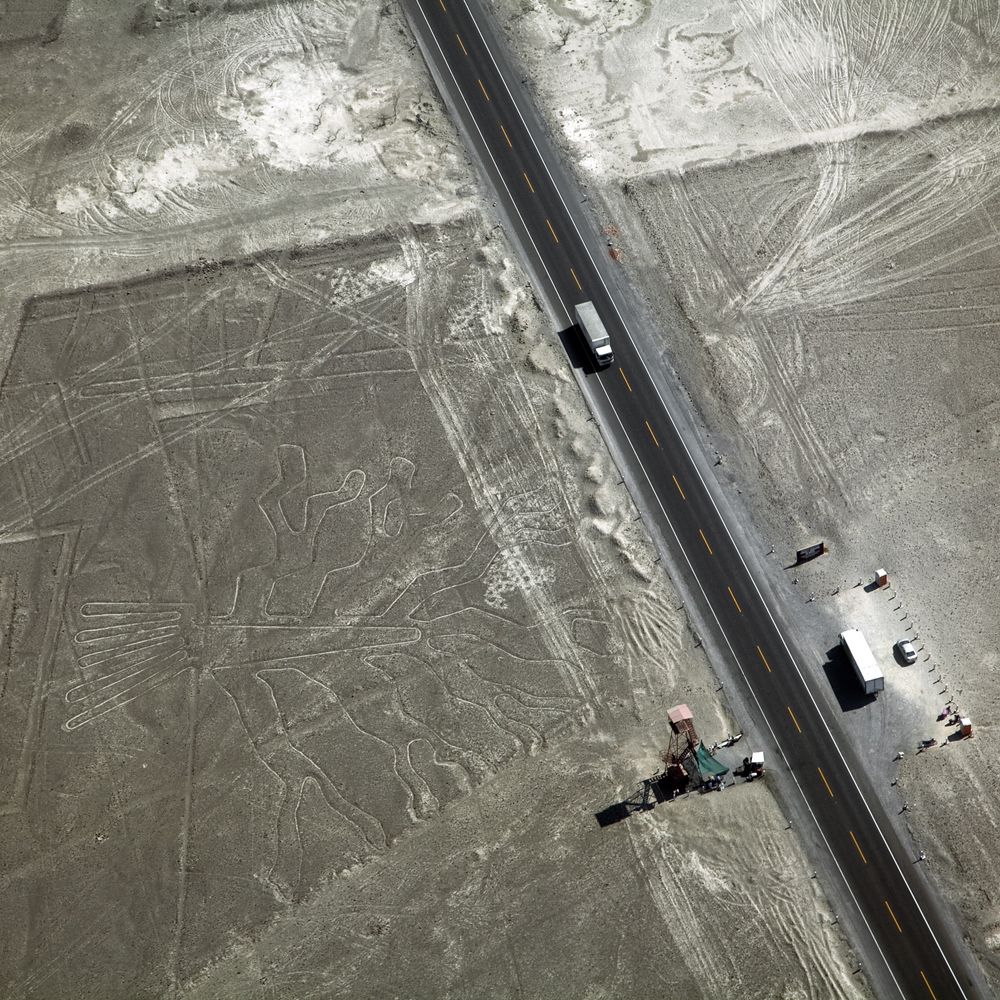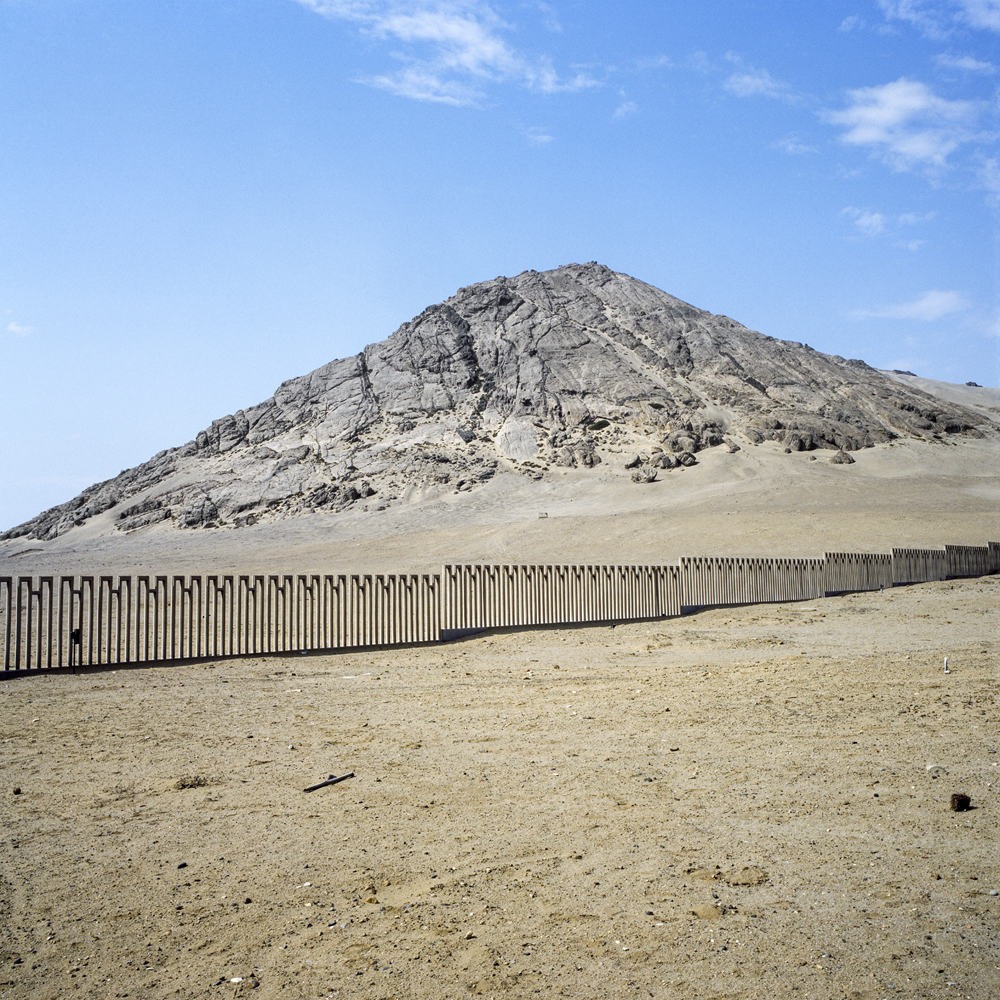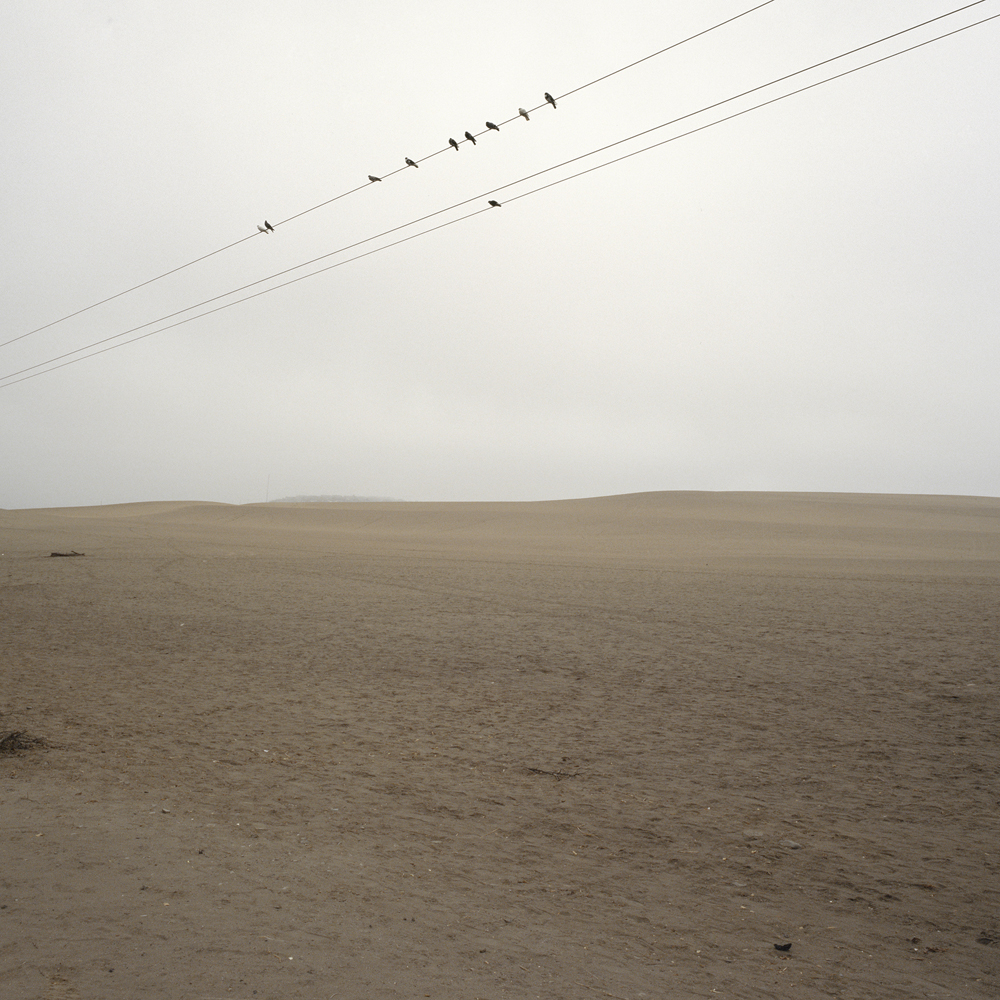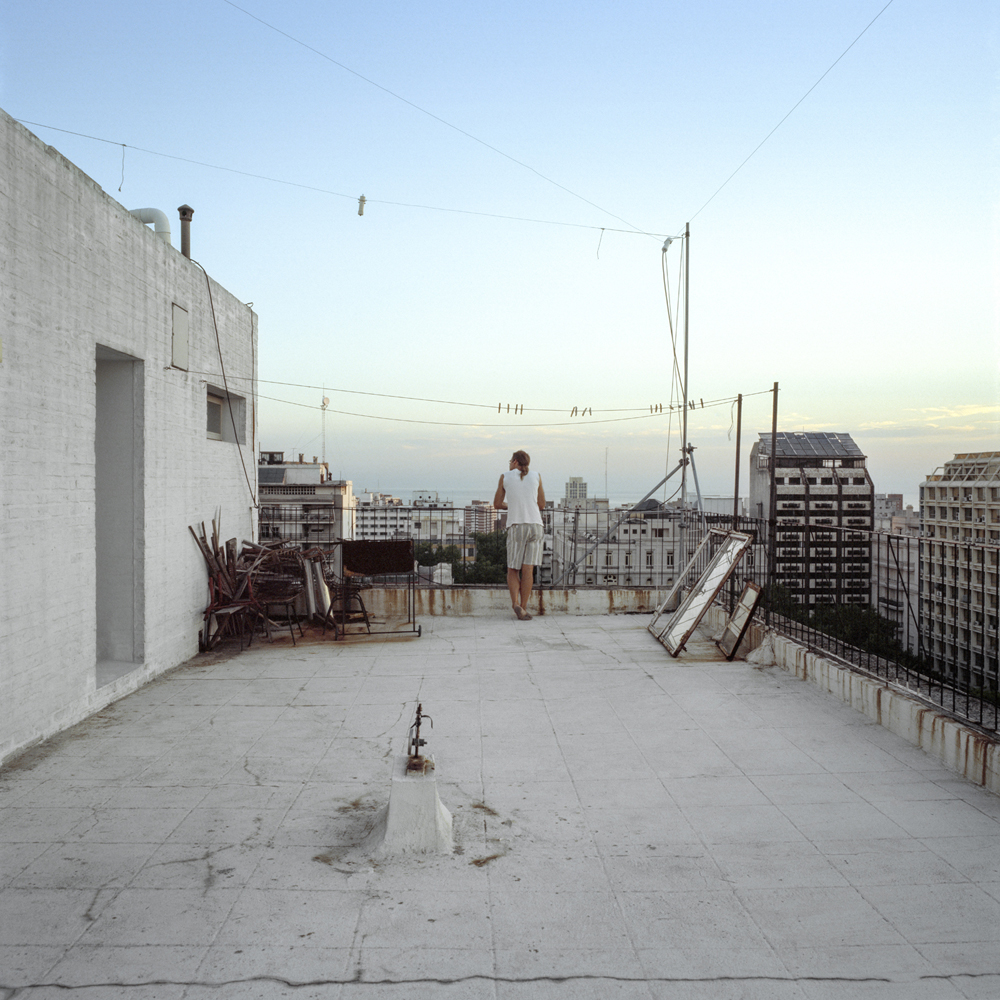Magda Biernat: Storytellers
I lived on a river for 7 years. On one side Vermont, and the other New York. It’s body wasn’t wide. In fact in some spots you could even wade across. In the summer on the Vermont side the vegetation grew thick, the air humid, and thousands unseen insects exchanged in a glorious transmission of aural texture. The New York side was much the same. In the winter on the Vermont side, the people huddled beside fires, and took to the hillsides with sleds and skis. Again, the New York side was much the same. There are different cultural ideas about what Vermont and New York represent. About where California and Mexico, or British Columbia and Alaska differ. However, these borders are not inherent to our world and the convergence of geography, native species, and human culture that extends across these lines is vast. Brooklyn based photographer Magda Biernat has spent much of her life crisscrossing these lines. The Poland native who first came to the US in 2002 has since traveled the world horizontally along the equator and more recently from Antarctica to the arctic by way of the Americas to create her work The Edge of Knowing. When not pursuing personal projects Biernat works as an architectural photographer and it shows. The way in which she interprets and renders space is unique and masterful. When pouring over her images one is given the distinct sensation of passing through the landscape and viewing her captures through a window. However due to her consistent palette and minimalist compositions it’s not easy to pinpoint just how far you’ve traveled. Did these scenes occur dozens of hours away or seconds from each other? It is often hard to tell. This ambiguity gives Biernat’s work a circular quality and by the time we reach the arctic from the antarctic it’s difficult to say if we’ve moved at all.
A native of Poland currently based in NYC, Magda Biernat is a contemporary art photographer specializing in architecture and interiors and is the former photo editor of Metropolis Magazine. She received her MFA in New Media from Transart Institute in Berlin and New York. Her photographs have been published in, among others, The New Yorker, The New York Times, National Geographic, Interior Design, Wallpaper, Metropolis, Dwell and Afar. Her work has been exhibited nationally and internationally with exhibitions in Poland, Belgium, France, Canada, Nigeria, The Philippines, Taiwan, Japan and the United States. She is a recipient of awards such as the Center 2016 Director’s Choice Award, LensCulture 2015 Emerging Talents Award, TMC/Kodak Grant, Lucie Foundation Awards, Magenta Foundation Flash Forward and Reminders Photography Stronghold 2017 Grant. Her work is represented by Robert Klein Gallery in Boston and Clic Gallery in New York City. Biernat lives and works in Brooklyn, NY.
The Edge of Knowing was published by Kehrer Verlag in October 2019 and premiered at Paris Photo 2019.
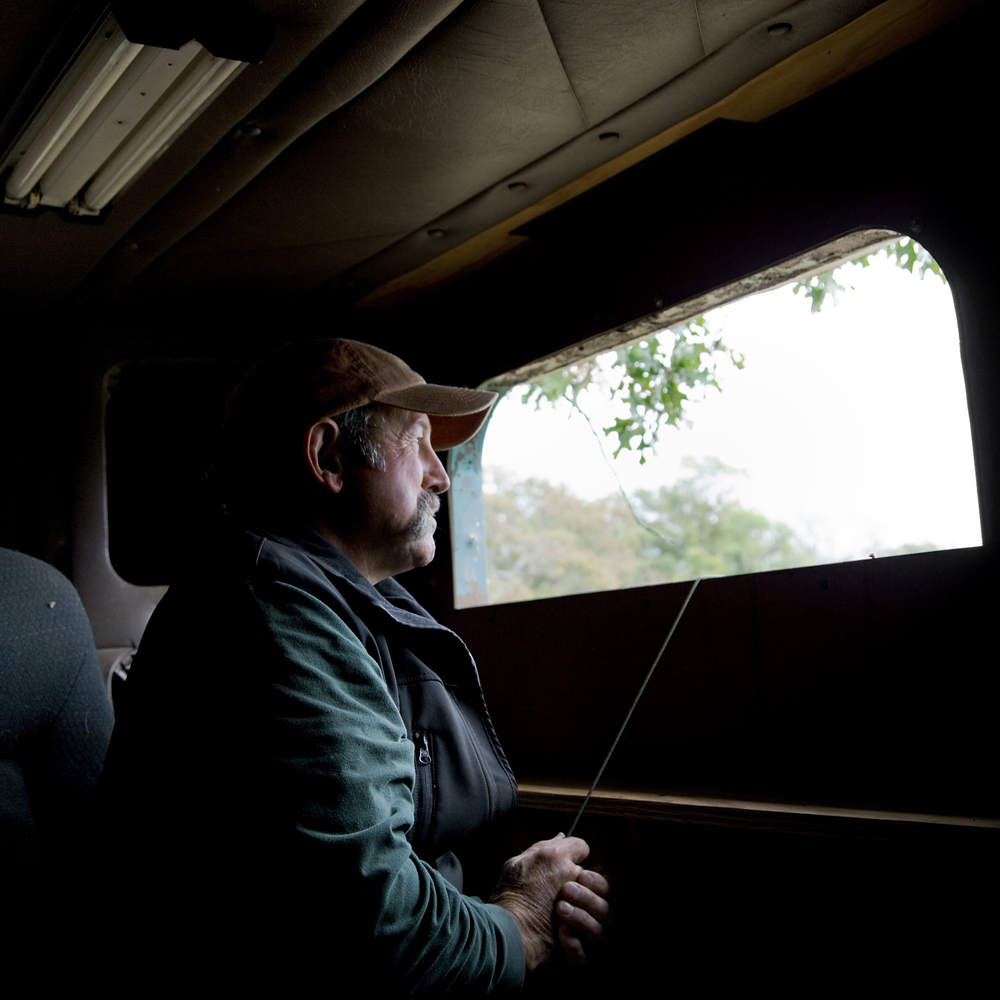
©Magda Biernat, Terry Bobo in one of his hunting stands, Guthrie, Oklahoma, USA, from The Edge of Knowing
The Edge of Knowing
As an architectural photographer I’m fascinated by how people inhabit space and how time and change affect these spaces. Guided by an interest in urbanism and habitation, I’ve focused my work primarily on the built environment and it’s influence on global societies. Over the past decade I’ve been taking photographs and making video installations that deal with the concepts of home, belonging, in-betweenness and cultural identity. I’m always looking for architecture at the edges, the vernacular structures, the immediate need buildings, and homes that bridge cultural stereotypes and identity. As an immigrant, I’m drawn to the challenge of illustrating the connection between personal definitions of home and the definition of self. By questioning the transformative qualities of location and geography, I’m attempting to find my own place in a world with far more porous borders than the one I grew up in and in doing so define my own hybrid identity.
The Edge of Knowing is the culmination of a year-long journey from Antarctica to the Arctic In this series I try to redefine the American conceit of an idealistic, utopian dream as a pan-American vision that is shared across the furthest extremes of the continents. Too often political borders represent the limits of curiosity and imagination. The Edge of Knowing takes us beyond the boundaries that traditionally define national identity. The results are an exploration of places both foreign and familiar. All share the unique physical characteristics that shape the landscape of the Americas, and the rich indigenous imprint of the pre-Columbian world.
The Edge of Knowing explores a vast swath of geography while questioning the concept of man made borders. As a native of Poland who immigrated to the US I’m curious to hear about your experience. Could you share some memories from that time of transition?
I grew up in Poland during the time when a lot of borders were closed for us. We could travel to the East but not to the West. Of course this restriction of movement only made me want to cross even more. I always wanted to see what was on the other side. So as soon as borders opened up I was on the move, traveling all over Western Europe. Getting to the USA was still not easy though, as one needed to apply for a visa, and pay quite a lot of money without guarantee of getting one. So I waited until I graduated from the University as I wanted to come for the maximum time allowed by visa which was 6 months. It was 2002 and I didn’t come with the intention of staying, but life happened. I visited my then friend and now husband Ian in Seattle and the rest is history.
Looking back, are you able to trace the nodes of this project? Did you have a particular fascination with the landscape, cultural and otherwise, of the arctic and antarctic or did these locations simply serve as bookends?
Desolate and open spaces like Antarctica and Alaska always fascinated me, so those were definitely planned stops on our journey. They were as you say, good natural bookends, and are examples of the extreme edges of the range of human habitation. Some of the inspiration for this trip came from another year long trip we took in 2007, where we traveled the world horizontally. Much of that journey was in the hot, equatorial areas, and in some cases we saw the other end of that range, people living at the edges of deserts in India and Australia, and at the extreme altitudes of the Himalayas.
In your statement you mention that much of your work deals with the concepts of home, belonging, in-betweenness, and cultural identity. All of those facets are so interwoven in our world, perhaps especially notions of home and cultural identity. As an immigrant what were your notions pertaining to the culture of the US prior to arriving? How have they changed?
There was definitely the feeling of “everything is possible in America” before I came here, the notion of the American dream was very present, and it still is for a lot of people I think. But we found during this trip that the American dream isn’t only in the United States. In many ways the Americas, all over the New World, many people are searching for some sort of “American dream” between the immigrants from the old world, to the native peoples of the “new” one. There’s a sense of possibility in the Americas that is different than in Europe, tied to the open landscape perhaps, and maybe also to this sense of arrival and exploration.
You describe yourself as an architectural photographer. What does this mean to you and how do the formal qualities of architectural image making influence your other work?
At the beginning of my photography career I was very much into black and white street photography and my dream was always to work at Magnum Photos. So I made it happen. After my husband and I moved to NYC from Seattle I got an internship and soon after a job at Magnum and worked there for almost 4 years. It was there where I learned that street photography and photojournalism weren’t exactly for me. Some of the Magnum photographers who’d seen my portfolio pointed out that a lot of my work was really very geometric and architectural and suggested I look that direction. At this point it was a field dominated mostly by male photographers as it required a lot of heavy equipment. That didn’t discourage me. I fell in love with architecture and I enjoyed working with architects right away. This is what I do for a living now, but certainly it also affects my personal photography. I find built spaces really interesting, whatever their uses. They reflect so much about us as people.
Can you speak about the influence indigenous societies and the pre columbian world had on this project? How did you navigate indigenous spaces along the way?
My husband and I were both really influenced by the books ‘1491’ and ‘1493’ by Charles Mann, which really turns what we knew in North America know about the indigenous Americas on its head. I’d traveled in South America for a short time once before, but my husband especially was surprised to find Native American cultures alive and well, especially in the Andes region of South America. He was raised thinking about indigenous people as having been severely reduced in population and culture in the Americas, as this is what they teach in the schools in the US. But Bolivia, Peru and Ecuador break those preconceptions right away, as do parts of Central America where indigenous cultures are still strong, even if the systems put in place by colonists still dominate the governments of these places. We came back and looked at the U.S. with a different lens after so much time in the rest of the Americas. We ended up spending a lot of time with Iñupiat Americans in Alaska and it was impossible to ignore the parallels between their experiences and the experiences of South and Central Americans indigenous people. We wove a lot of this realization into the book.
Knowing seems to illustrate an evolving landscape both internal and external. What were some moments of self discovery and expansion over the course of the project?
I think over the course of a year doing anything you change and grow, but travel speeds that process up I find. We definitely became far more aware of the similarities between all of the countries in the Americas that we visited. The borders between the American countries began to strike us as increasingly arbitrary as we traveled. This isn’t true at all on a legal level, and we had freedoms that lots of citizens of the Americas don’t have. But the legal hurdles we had to deal with to cross what is in actuality just a river, but a river that symbolizes the beginning and end of the territories of two countries, increasingly seemed arbitrary and absurd. I think our ideas about the importance of political and physical borders began to unravel a little as we traveled. And the importance of understand what’s across those border increased.
Anything else you’d like to mention?
I think it’s important to mention covid and the restrictions on travel that are now in place in so many of the countries we traveled in, including the US. We were extremely lucky to be traveling during a time when the movement was by comparison really casual and risk free. Some of this freedom of movement is actually responsible for the quick spread of the coronavirus. One of the things that was always present during our travels was the memory that diseases from Europe decimated much of the population of the Americas when Columbus first made contact, and that danger remains. So covid reminds us that travel and the extremely fortunate time we were living in is a double edged sword. We all are now just a breath away from a long chain of similar breaths. That’s something to be really celebrated as well as treated with caution.
Posts on Lenscratch may not be reproduced without the permission of the Lenscratch staff and the photographer.
Recommended
-
Shinichiro Nagasawa: The Bonin IslandersApril 2nd, 2024
-
The International Women in Photo Association Awards: Lorraine Turci: The Resilience of the CrowMarch 16th, 2024
-
The International Women in Photo Association Awards: Rayito Flores Pelcastre: Chirping of CricketsMarch 14th, 2024
-
The International Women in Photo Association Awards: Louise Amelie: What Does Migration Mean for those who Stay BehindMarch 12th, 2024
-
Brandon Tauszik: Fifteen VaultsMarch 3rd, 2024


